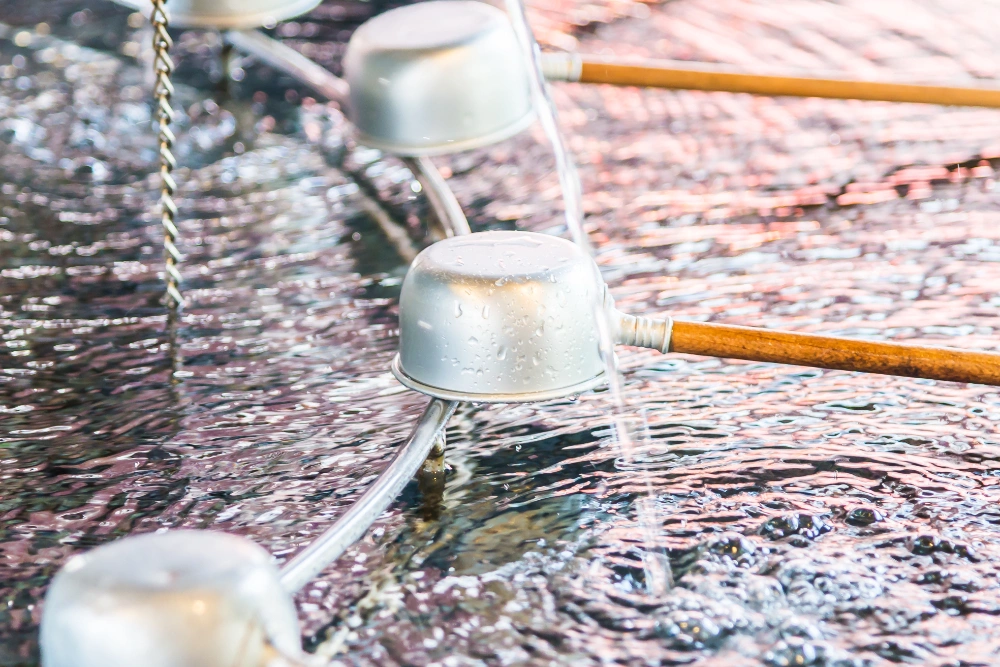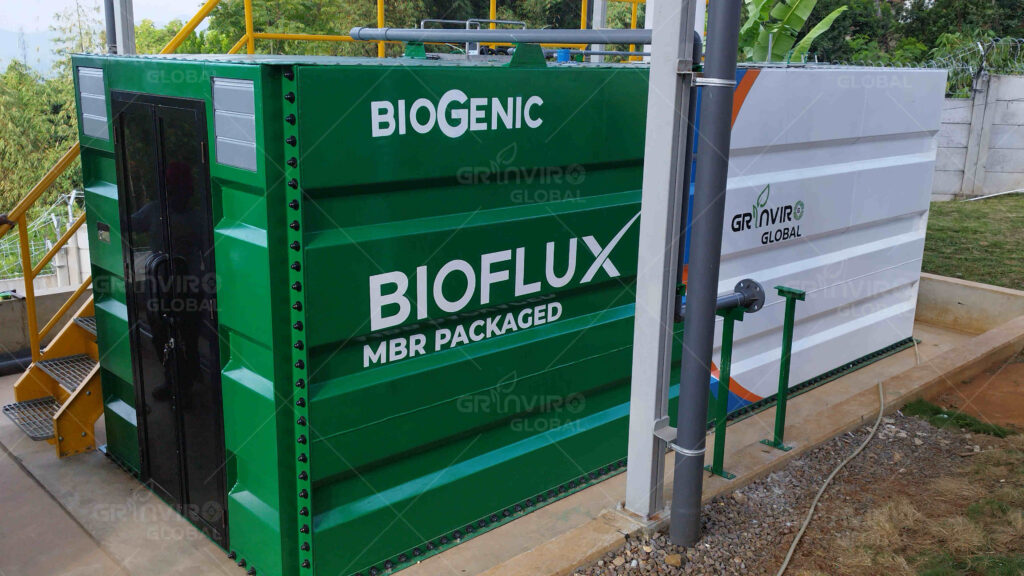The textile industry is one of the largest and most water-intensive industries globally. With its massive consumption of water for processes such as dyeing, washing, and finishing, the industry generates large quantities of wastewater that can contain harmful chemicals, dyes, and other contaminants. These pollutants, if not treated properly, can result in environmental degradation, water pollution, and pose risks to human health. In the quest for more sustainable manufacturing practices, textile industry wastewater treatment has become a critical aspect of reducing the environmental impact and ensuring compliance with increasingly stringent regulations.
In this article, we will explore the importance of textile industry wastewater treatment, the key methods used to treat wastewater, and how businesses can achieve sustainable manufacturing practices through effective wastewater management. Additionally, we will highlight Grinviro Global, a company with decades of experience in wastewater treatment management, and its role in helping textile manufacturers achieve sustainability goals.
Key Challenges in Textile Industry Wastewater Treatment
1. High Chemical Load and Toxicity
One of the most significant challenges in textile industry wastewater treatment is the high chemical load present in the water, particularly from dyeing and finishing processes. Textile dyes, chemicals used in pretreatment, finishing agents, and solvents are often highly toxic and non-biodegradable. These chemicals can persist in water for extended periods and pose risks to both aquatic life and human health when discharged into water bodies.

- Dyes: Synthetic dyes used in textile processing are one of the primary contributors to water pollution. These dyes are designed to resist fading and degradation, which means they do not easily break down in conventional wastewater treatment processes. The presence of these dyes in water bodies not only impacts the aesthetic quality of water but also disrupts photosynthesis in aquatic plants by blocking sunlight penetration.
- Chemicals and Surfactants: In addition to dyes, textile wastewater contains a variety of surfactants, solvents, and finishing agents used to modify fabric properties. These chemicals can be harmful if not properly treated, contributing to toxicity and contamination of water resources.
2. High Volume of Water Consumption and Wastewater Generation
The textile industry is one of the largest consumers of water globally, using it extensively in processes such as dyeing, washing, and finishing fabrics. Large volumes of water are required to rinse out dye residues, clean machinery, and process raw materials. As a result, textile facilities generate significant amounts of wastewater, much of which is laden with pollutants.
- Inefficient Water Use: Despite the heavy water consumption, much of this water is not reused efficiently within the facility, resulting in substantial wastewater discharge. The high water-to-production ratio leads to a continuous cycle of wastewater generation, often straining local water resources and increasing operational costs.
- Excessive Water Discharge: Many textile plants discharge untreated or insufficiently treated wastewater into nearby water sources, causing long-term damage to local ecosystems. This practice, although often cheaper in the short term, can result in heavy fines, loss of reputation, and environmental harm.
3. Regulatory Pressure and Compliance Issues
Textile manufacturers are under increasing pressure to comply with strict environmental regulations regarding wastewater discharge. Many countries and regions have set stringent limits on the levels of pollutants such as chemical oxygen demand (COD), biochemical oxygen demand (BOD), and total suspended solids (TSS) in effluent water. Non-compliance with these regulations can result in hefty fines, shutdowns, and long-lasting damage to a company’s reputation.
- Rising Regulatory Standards: As awareness of environmental issues grows, governments and international bodies are enacting more stringent standards for wastewater treatment. Companies in the textile sector must adapt their wastewater treatment systems to meet these evolving regulations or face financial and operational consequences.
- Monitoring and Reporting: Regular monitoring and transparent reporting of wastewater quality are also becoming mandatory, further complicating compliance efforts for textile manufacturers. Keeping up with these regulatory demands often requires significant investment in advanced treatment technologies.
Read: Textile Industry Wastewater Treatment: Overcoming High Pt-co and TSS
4. High Energy and Chemical Costs in Treatment Processes
Textile industry wastewater treatment can be a highly energy-intensive and costly process. Traditional treatment methods like activated sludge and chemical coagulation require large amounts of chemicals and energy, both of which contribute to high operating costs. Additionally, many existing treatment systems are outdated, requiring frequent maintenance and upgrades.
- Energy Consumption: Advanced biological treatment processes, such as activated sludge, require significant amounts of aeration, which leads to high energy consumption. This not only increases operating costs but also contributes to a larger carbon footprint.
- Chemical Use: Chemical treatments, while effective in removing certain pollutants, require the use of expensive chemicals like coagulants and flocculants. Moreover, the disposal of chemical sludge can add additional costs and environmental concerns.
Grinviro Global: Sustainable Textile Wastewater Treatment Process with BIOFLUX MBR and BIO-X

Grinviro Global is leading the charge in sustainable wastewater treatment for the textile industry with two of its innovative solutions: BIOFLUX MBR and BIO-X. These advanced technologies address the critical challenges of wastewater management, offering efficient, environmentally-friendly, and cost-effective methods for textile manufacturers.
High Efficiency and Low Energy Consumption: The BIOFLUX MBR system is designed to minimize energy consumption by utilizing efficient aeration processes, reducing overall operational costs and carbon footprints.
BIOFLUX MBR: High-Performance Membrane Bioreactor
The BIOFLUX MBR system is a cutting-edge solution that combines biological treatment with membrane filtration, providing textile manufacturers with an advanced method for treating wastewater. This system is particularly effective at removing dyes, chemicals, and other pollutants commonly found in textile industry wastewater treatment. The key features of the BIOFLUX MBR include:
- Advanced Membrane Filtration: The membrane bioreactor (MBR) integrates biological treatment with ultrafiltration membranes, enabling the removal of even the smallest particles, dyes, and heavy metals from wastewater.
- Water Reuse: The system allows textile plants to recycle treated water for non-potable purposes, such as rinsing, washing, and cooling, thus significantly reducing water consumption and operational costs.
- High Efficiency and Low Energy Consumption: The BIOFLUX MBR system is designed to minimize energy consumption by utilizing efficient aeration processes, reducing overall operational costs and carbon footprints.
BIO-X: Efficient Pollutant Degradation in a Packaged System
BIO-X is Grinviro’s innovative solution designed to treat textile industry wastewater treatment with remarkable efficiency and sustainability. This advanced system uses a packaged treatment approach to degrade pollutants effectively, with the following key benefits:
- Less Chemical Usage: The BIO-X system is designed to minimize the need for chemicals, making it a more sustainable and cost-effective solution compared to traditional methods that rely heavily on chemical treatments. This reduces the environmental impact and operational costs associated with chemical usage.
- Compliance Ready: The BIO-X system ensures that textile manufacturers can meet stringent wastewater discharge regulations. It is built to comply with international standards, making it easier for companies to stay within legal requirements and avoid fines or penalties.
- High Efficiency & Consistency: BIO-X is engineered to operate with high efficiency and consistency, ensuring reliable and effective treatment of wastewater at all times. This high performance ensures that the treated water meets quality standards, contributing to better environmental outcomes and operational stability.
- Low Sludge Production: One of the standout features of BIO-X is its ability to produce minimal sludge. This not only reduces the frequency and cost of sludge disposal but also lowers the environmental impact of the wastewater treatment process, further enhancing the sustainability of the system.
Conclusion
Textile industry wastewater treatment is a crucial factor in achieving sustainable manufacturing practices. The challenges of chemical contamination, high water consumption, regulatory pressures, and treatment costs require innovative solutions that ensure environmental protection and operational efficiency. Grinviro Global’s BIOFLUX MBR and BIO-X systems provide effective solutions by reducing chemical use, ensuring regulatory compliance, and enhancing efficiency and consistency in wastewater treatment. By adopting these advanced technologies, textile manufacturers can minimize their environmental impact, optimize resource usage, and remain competitive in an ever-evolving industry.

Visit Us:
- 7th floor,1#Building ,No.200 Sanmen Road ,Yangpu District ,Shanghai ,China
- The Prominence Office Tower Lt. 28, Jl. Jalur Sutera Barat, Tangerang
- Jl Utama Modern Industri Blok AA No.5, Kawasan Modern Industri Cikande
- Ciputra World Office Surabaya Lt. 29, Jl. Mayjen Sungkono, Surabaya
- Pattene Business Park Blok W3a Makassar
